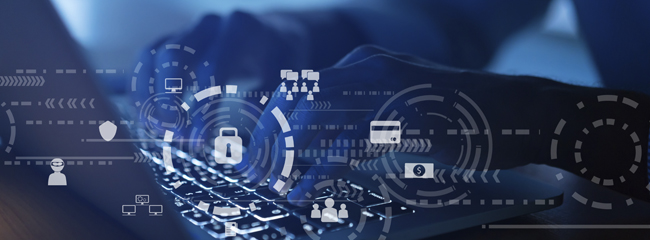Written by Rick Edwards, Director, Consulting Services - iatricSystems

For anyone who has been working in the healthcare IT industry over the past 15-18 years, including yours truly, we can all attest to the fact that interfaces – including the technology that facilitates them – have progressed from being important prerequisites for operational efficiency to mission critical elements for patient care and safety.
This trend can be attributed to demands for an ever-increasing level of clinical data integration with a healthcare provider organization’s core EMR system.
Once this level of integration is achieved and an organization develops its clinical workflows, processes, and staffing levels around it, any interruption to the integration can result in significant risks to patient care and patient safety. In many cases, temporarily reverting back to previous manual paper-based processes is no longer feasible.
Consequently, the resulting interface engines, along with the associated inbound and outbound interfaces, have quickly become mission critical components for nearly every healthcare provider organization.
By their very definition, mission critical systems are designed from the ground up to achieve high availability – by mitigating as much downtime risk as an organization’s budget will allow. Mission critical systems often receive higher levels of investment in high availability data centers, including; redundant power, redundant servers, redundant storage, and redundant WAN and LAN connections – all designed for automatic failover in times of service interruption or outage.
Due to the specialized nature of interfaces, the skill set needed to support anything beyond Level 1 support usually requires an experienced integration engineer, certified in developing, supporting, and trouble-shooting interfaces. Depending on geographic location and other factors, experienced integration engineers can be difficult to find and expensive to hire.
Although larger organizations may be able to justify the associated costs of 24/7 interface engineer staffing and support, not all organizations can and therefore have to get creative in developing a support structure that works.
For example, if an organization can adequately staff and support interfaces during “normal” business hours (M-F, 7am to 5pm for example), but struggles to sufficiently cover off-hours, weekends, and holidays, there are some available solutions and alternatives to hiring more integration engineering staff.
Alternatives to Hiring More Integration Engineering Staff:
Neither of these revelations increases an organization’s own off-hours interface support staff, but it does open up the opportunity for an organization to outsource all or part of its off-hours interface support (Level 1, 2, and beyond) to a trusted third-party. And of course we would like iatricSystems to be that trusted party.
In closing, I pose the following questions to you:
If you now have more questions than answers, feel free to check out these services that can help with monitoring your critical interfaces, or reach out to me with your questions.